The banded knifefish (Gymnotus carapo) is one of the first species to be recorded in modern science and was described as early as 1758. It has – according to traditional opinion – an enormously wide distribution in South America, but one should bear in mind that many earlier reports of the species are probably based on incorrectly identified animals. Size information must also be judged with corresponding skepticism. According to the literature, G. carapo is one of the larger species and is said to be able to reach lengths of around 75 cm and a weight of 1.2 kg. On the other hand, Gymnotus species have recently been described that probably only grow to a length of 15-20 cm. A current scientific overview of Gymnotus carapo is available (Craig et al., 2017). It divides the species into seven subspecies, of which Gymnotus carapo occidentalis occurs in Peru. The largest specimen of this subspecies available to the authors was 45 cm long. So you have to reckon with such dimensions if you want to keep these animals. The specimens photographed for this post come from Peru.
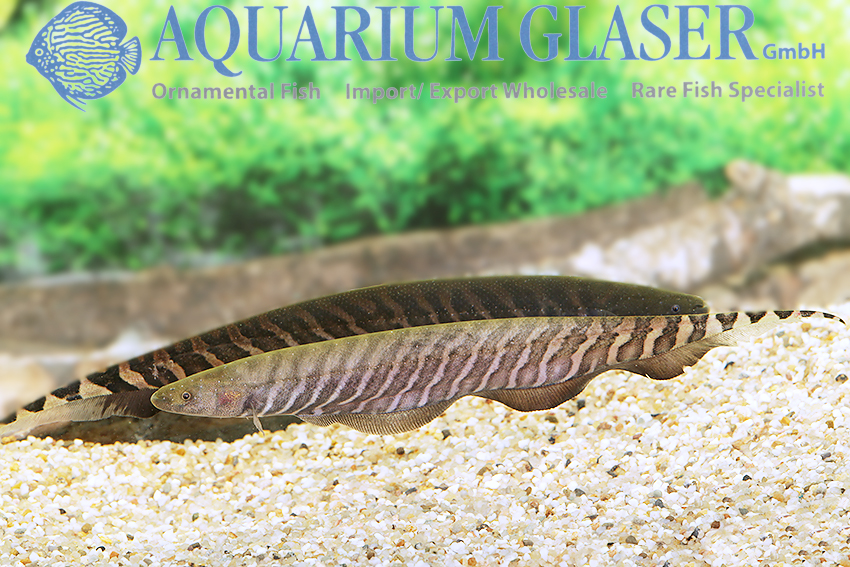
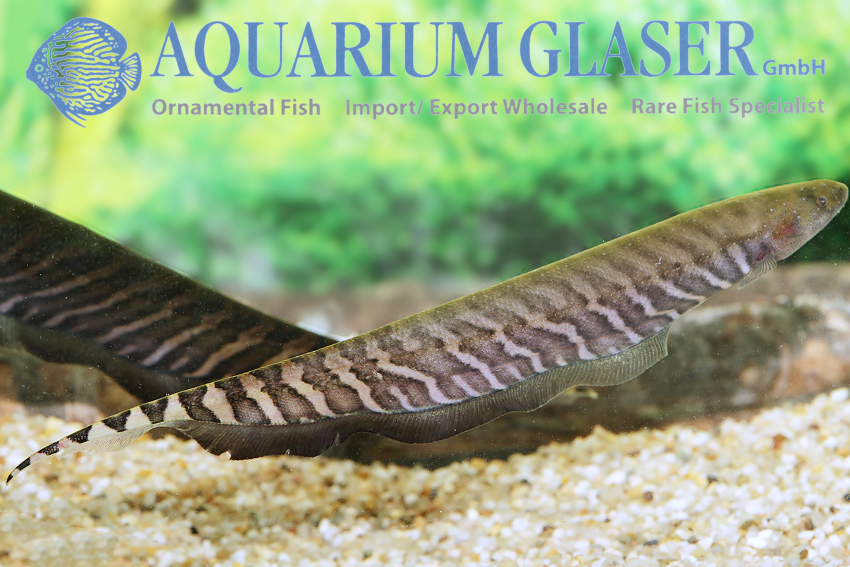
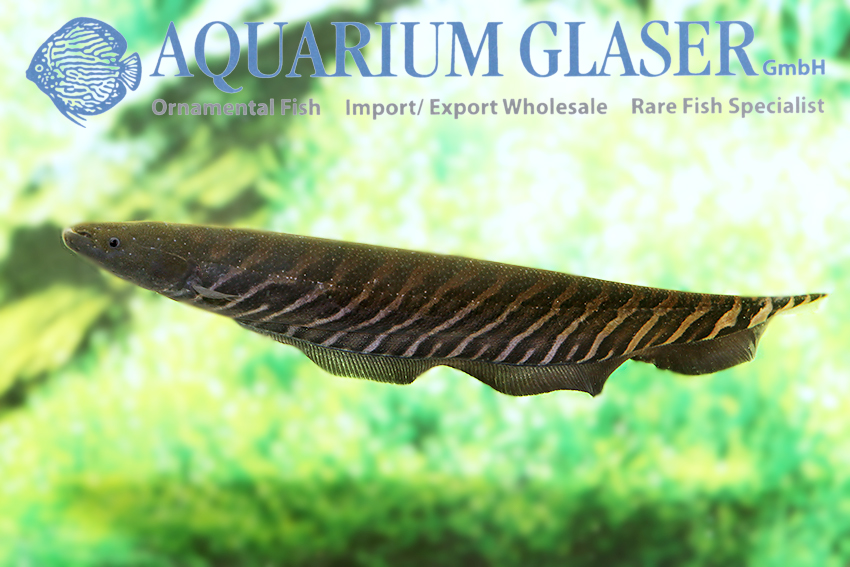
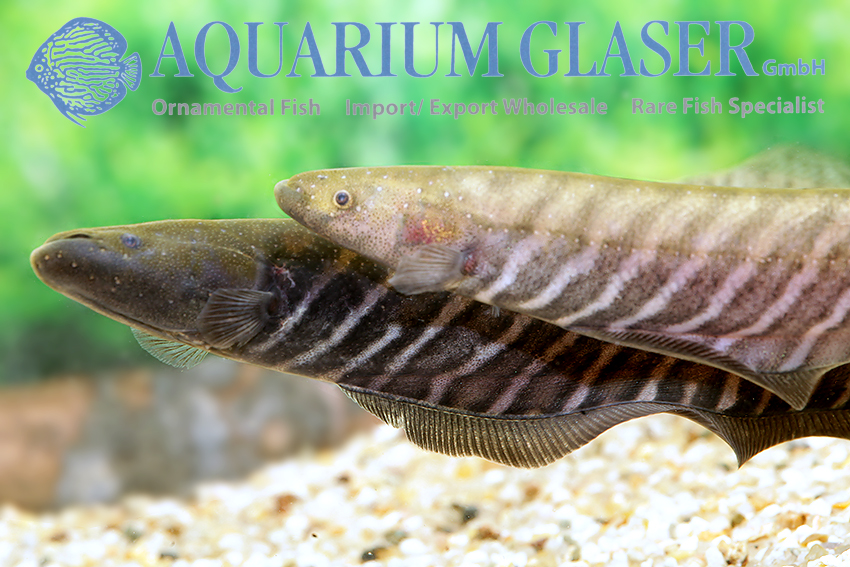
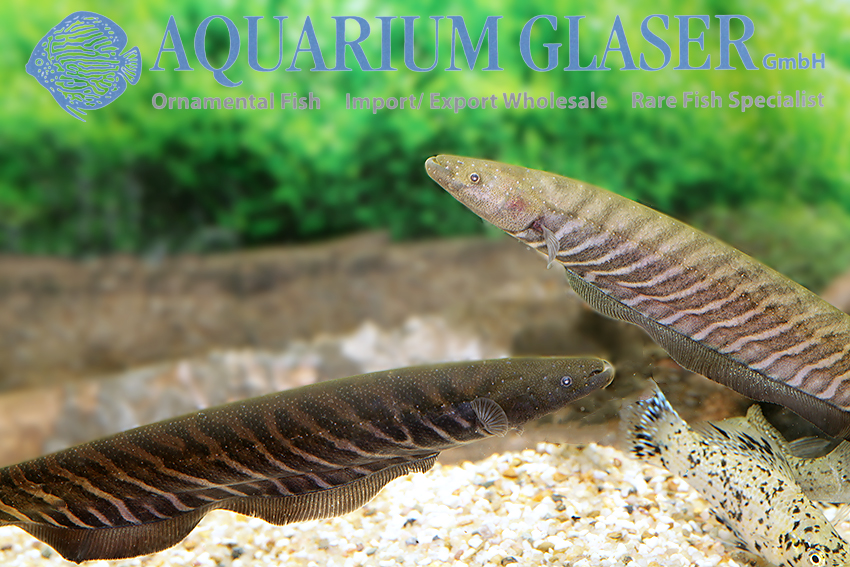
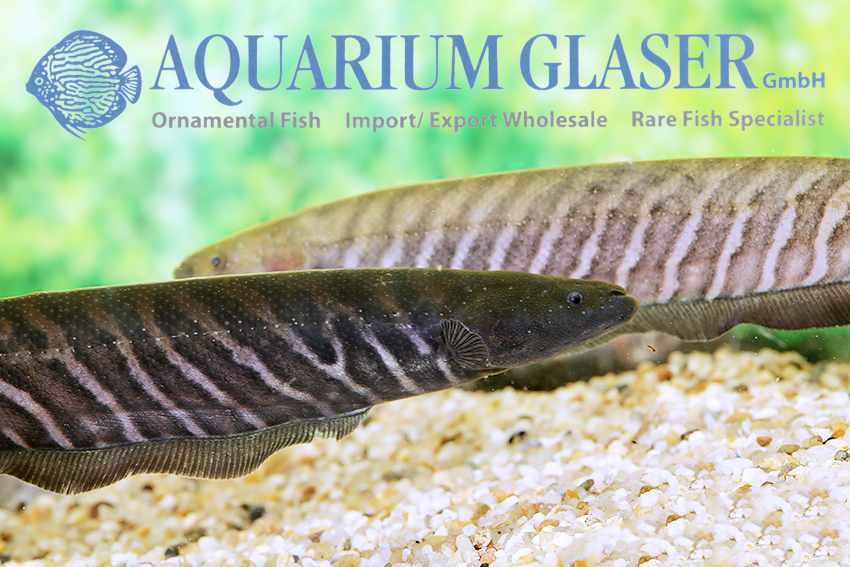
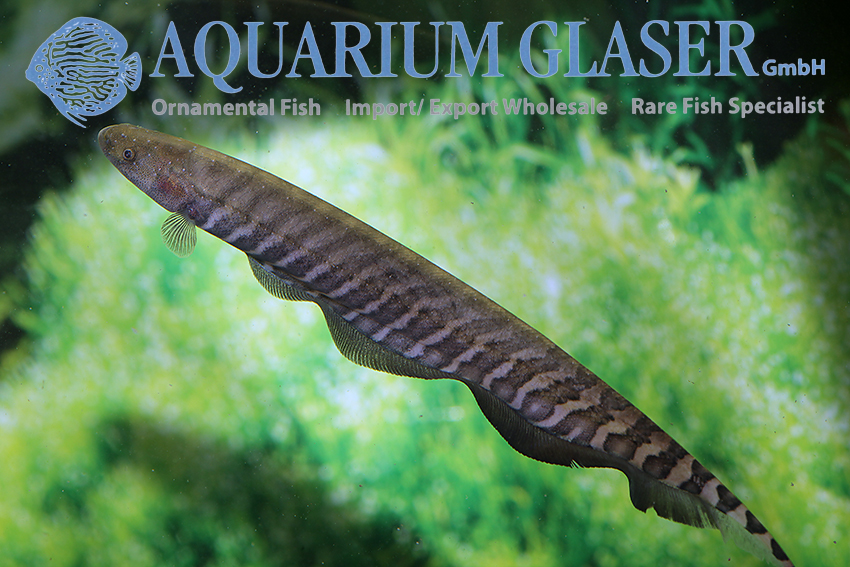
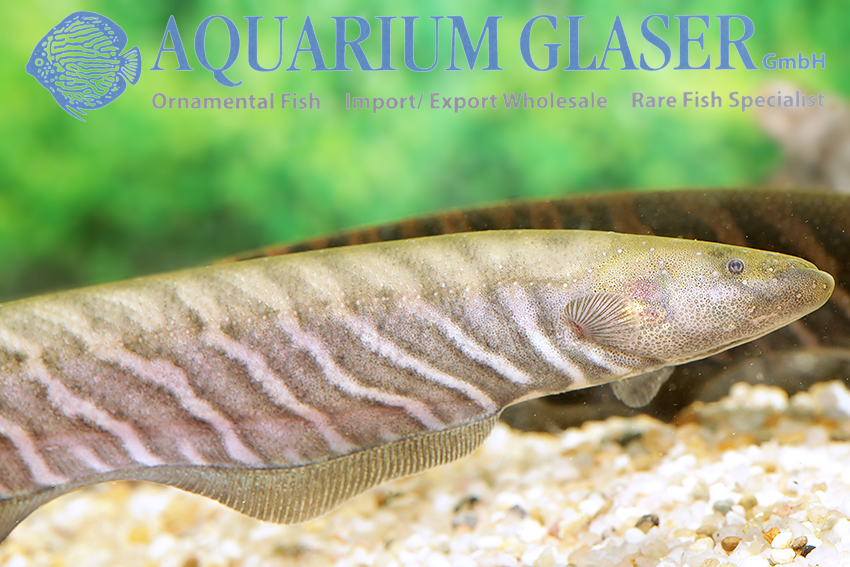
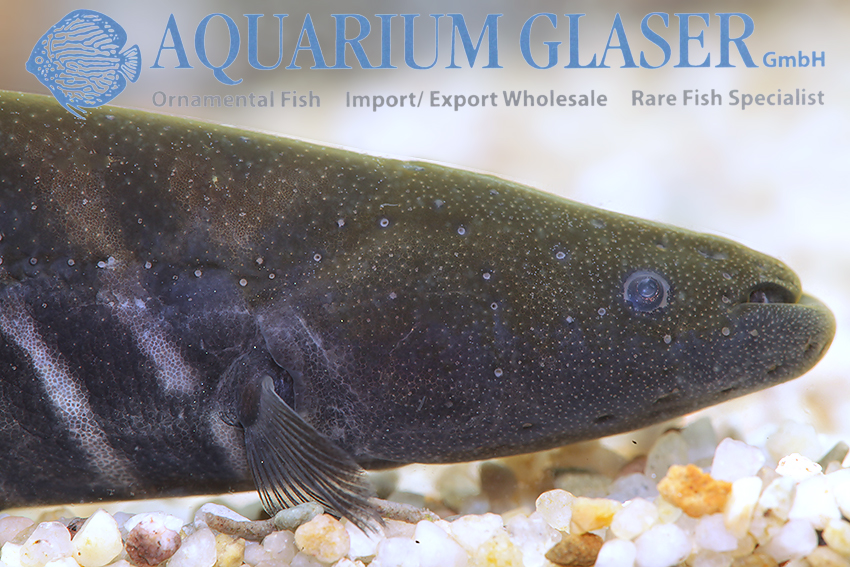
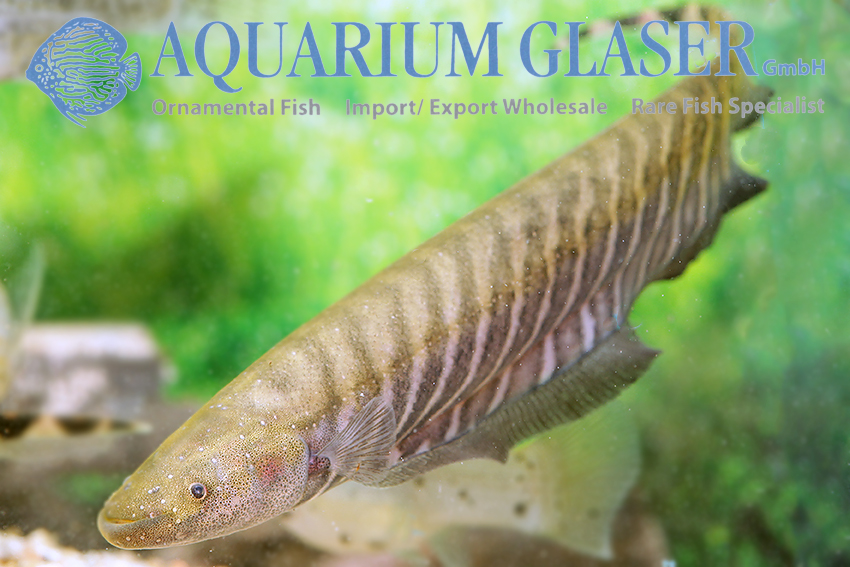
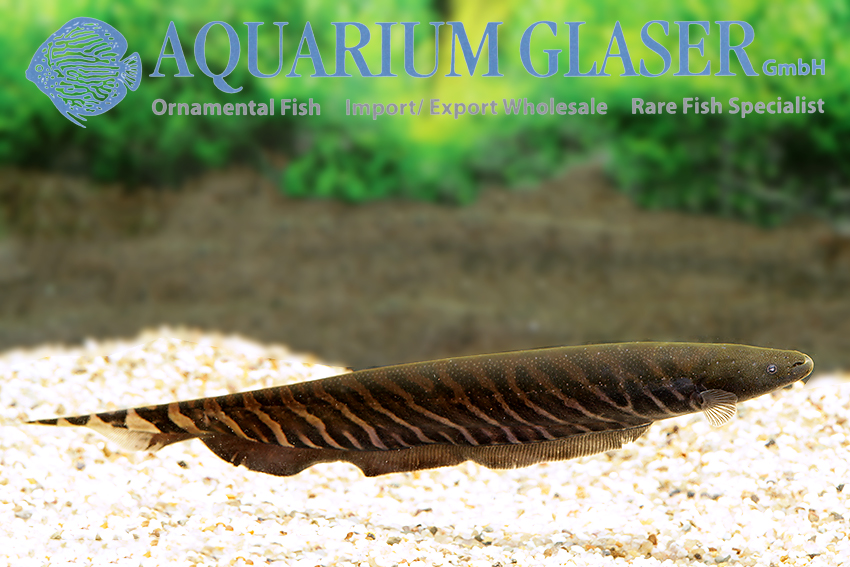
Despite their size, banded knifefish would actually be really great aquarium fish, because as swamp dwellers they are equipped with auxiliary respiration (they breathe air that they inhale at the water surface), so they are very undemanding in terms of water quality, attractively marked and, like all knifefish, they fascinate with their incomparably elegant swimming style. Unfortunately, however, they are usually extremely incompatible with each other, which is why even keeping them in pairs is sometimes difficult. It is interesting to note that our current import from Peru is remarkably peaceful with each other. The two specimens photographed for this post are around 15 cm long. As the coloration of banded knifefish is very variable, we chose the lightest and the darkest animal of the import, whereby there are also differences in the shape of the head. It is possible that they are a pair. They were housed together for several days in a relatively narrow photo tank and there were only completely harmless hierarchy disputes. This is really worth mentioning, as we remember only too well severely damaged specimens from previous imports and how extremely incompatible these animals were with each other. Incidentally, knifefish have an almost fabulous ability to heal wounds and regenerate. Even parts of the spinal column can be rebuilt if they are lost in a piranha attack, for example! This is why knifefish are also the subject of medical research.
Gymnotus are predatory fish that need strong frozen and live food. They regard small fish as food. They are peaceful towards other fish species that are not suitable as food.
For our customers: the animals have code 255204 on our stock list. Please note that we only supply the wholesale trade.
Text & Photos: Frank Schäfer
Literature:
Craig, J. M., W. G. R. Crampton & J. S. Albert (2017): Revision of the polytypic electric fish Gymnotus carapo (Gymnotiformes, Teleostei), with descriptions of seven subspecies. Zootaxa 4318 (no. 3): 401-438.




